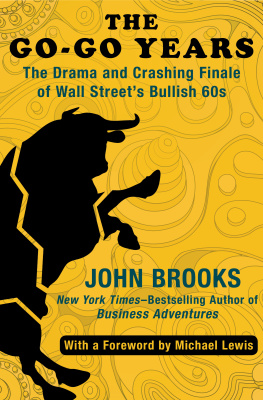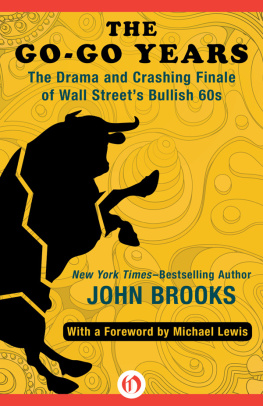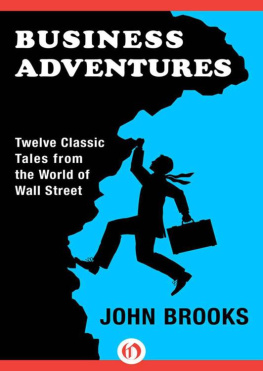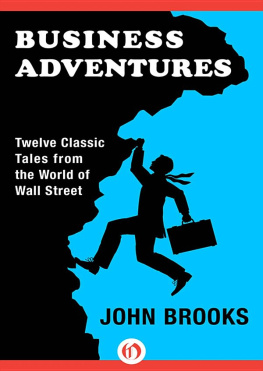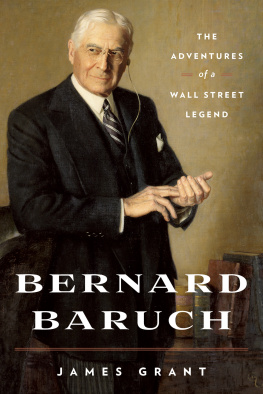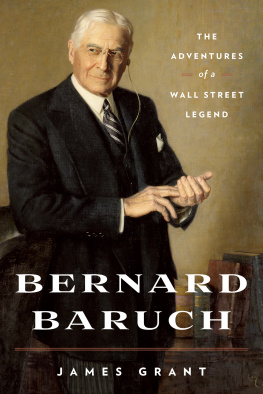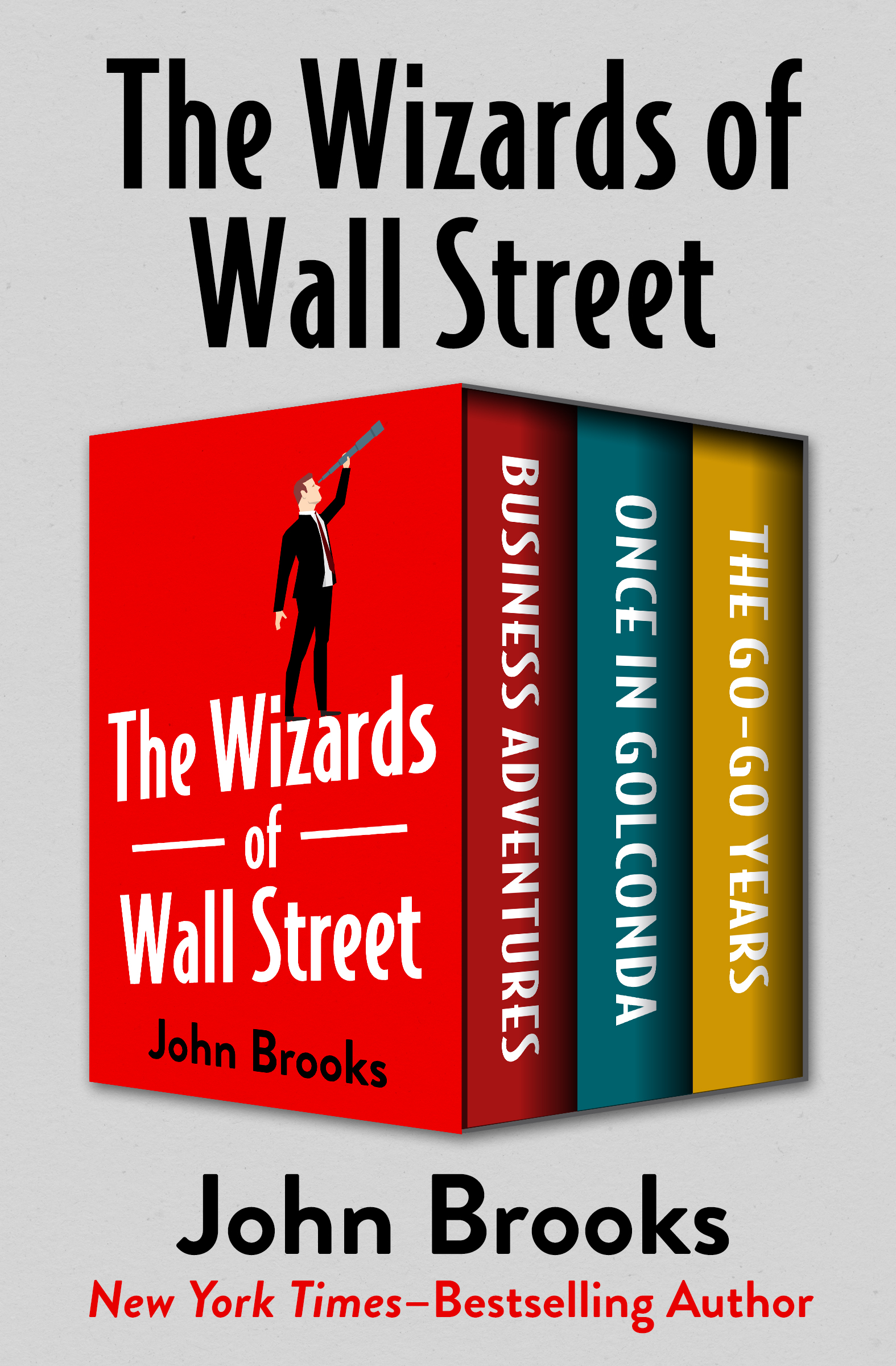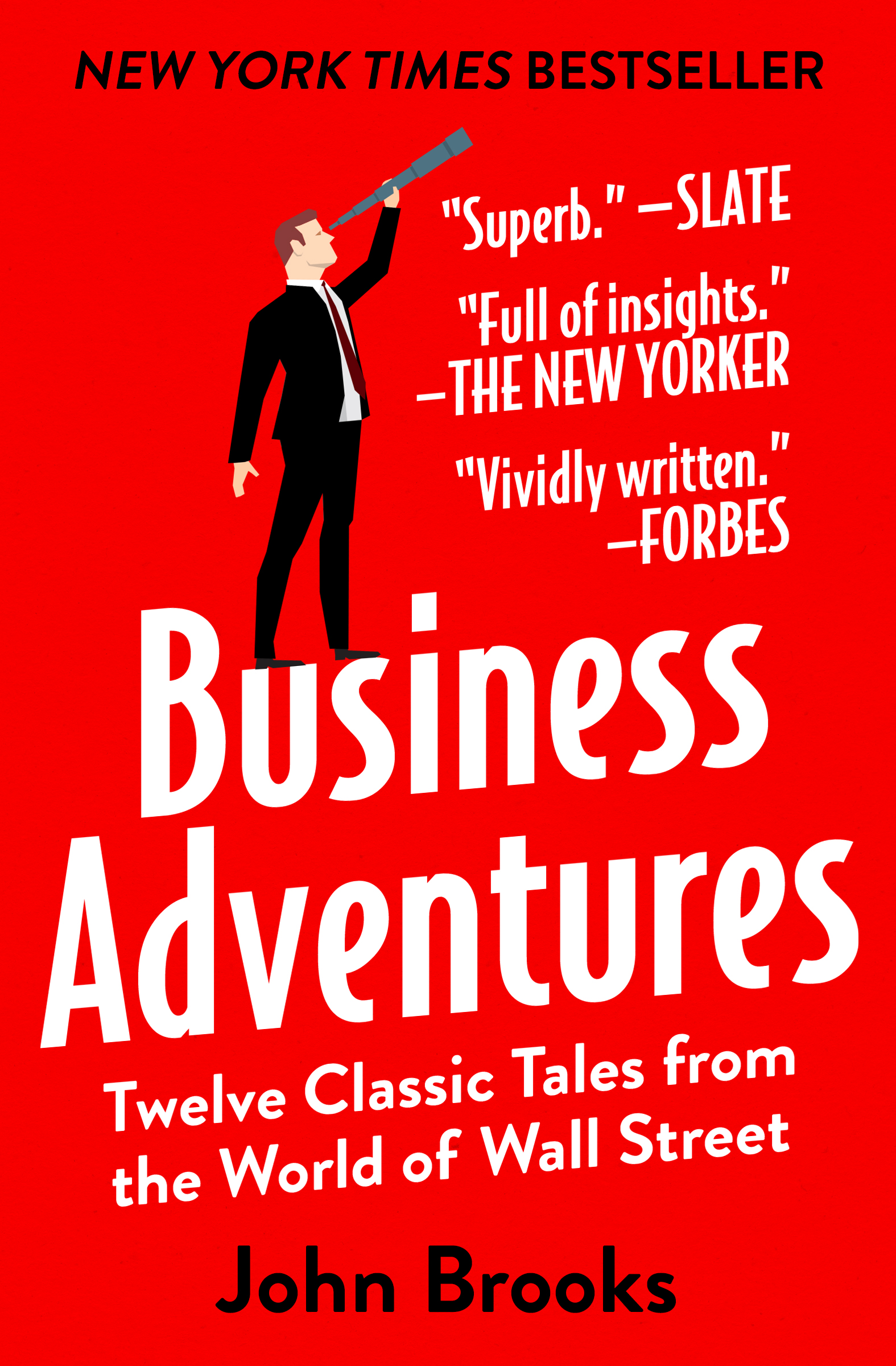Contents
About the Author
John Brooks (19201993) was an award-winning writer best known for his contributions to the New Yorker as a financial journalist. He was also the author of ten nonfiction books on business and finance, a number of which were critically acclaimed works examining Wall Street and the corporate world. His books Once in Golconda, The Go-Go Years, and Business Adventures have endured as classics. Although he is remembered primarily for his writings on financial topics, Brooks published three novels and wrote book reviews for Harpers Magazine and the New York Times Book Review.
The Wizards of Wall Street
Business Adventures, Once in Golconda, and The Go-Go Years
John Brooks

CONTENTS
All rights reserved, including without limitation the right to reproduce this ebook or any portion thereof in any form or by any means, whether electronic or mechanical, now known or hereinafter invented, without the express written permission of the publisher.
Business Adventures Copyright 1959, 1960, 1961, 1962, 1963, 1964, 1965, 1966, 1967, 1968, 1969 by John Brooks
Once in Golconda Copyright 1969, 1999 by John Brooks
The Go-Go Years Copyright 1973, 1999 by John Brooks
Cover design by Andrea Worthington
ISBN: 978-1-5040-5762-2
This edition published in 2018 by Open Road Integrated Media, Inc.
180 Maiden Lane
New York, NY 10038
www.openroadmedia.com

JOHN BROOKS
FROM OPEN ROAD MEDIA
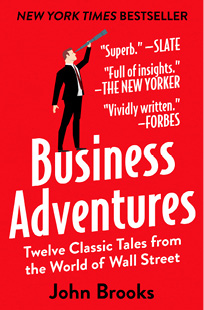
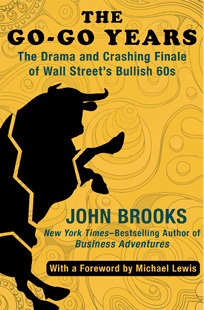



Find a full list of our authors and
titles at www.openroadmedia.com
FOLLOW US
@OpenRoadMedia




Business Adventures
Twelve Classic Tales from the World of Wall Street
The Fluctuation
THE STOCK MARKET the daytime adventure serial of the well-to-dowould not be the stock market if it did not have its ups and downs. Any board-room sitter with a taste for Wall Street lore has heard of the retort that J. P. Morgan the Elder is supposed to have made to a nave acquaintance who had ventured to ask the great man what the market was going to do. It will fluctuate, replied Morgan dryly. And it has many other distinctive characteristics. Apart from the economic advantages and disadvantages of stock exchangesthe advantage that they provide a free flow of capital to finance industrial expansion, for instance, and the disadvantage that they provide an all too convenient way for the unlucky, the imprudent, and the gullible to lose their moneytheir development has created a whole pattern of social behavior, complete with customs, language, and predictable responses to given events. What is truly extraordinary is the speed with which this pattern emerged full blown following the establishment, in 1611, of the worlds first important stock exchangea roofless courtyard in Amsterdamand the degree to which it persists (with variations, it is true) on the New York Stock Exchange in the nineteen-sixties. Present-day stock trading in the United Statesa bewilderingly vast enterprise, involving millions of miles of private telegraph wires, computers that can read and copy the Manhattan Telephone Directory in three minutes, and over twenty million stockholder participantswould seem to be a far cry from a handful of seventeenth-century Dutchmen haggling in the rain. But the field marks are much the same. The first stock exchange was, inadvertently, a laboratory in which new human reactions were revealed. By the same token, the New York Stock Exchange is also a sociological test tube, forever contributing to the human species self-understanding.
The behavior of the pioneering Dutch stock traders is ably documented in a book entitled Confusion of Confusions, written by a plunger on the Amsterdam market named Joseph de la Vega; originally published in 1688, it was reprinted in English translation a few years ago by the Harvard Business School. As for the behavior of present-day American investors and brokerswhose traits, like those of all stock traders, are exaggerated in times of crisisit may be clearly revealed through a consideration of their activities during the last week of May, 1962, a time when the stock market fluctuated in a startling way. On Monday, May 28th, the Dow-Jones average of thirty leading industrial stocks, which has been computed every trading day since 1897, dropped 34.95 points, or more than it had dropped on any other day except October 28, 1929, when the loss was 38.33 points. The volume of trading on May 28th was 9,350,000 sharesthe seventh-largest one-day turnover in Stock Exchange history. On Tuesday, May 29th, after an alarming morning when most stocks sank far below their Monday-afternoon closing prices, the market suddenly changed direction, charged upward with astonishing vigor, and finished the day with a large, though not record-breaking, Dow-Jones gain of 27.03 points. Tuesdays record, or near record, was in trading volume; the 14,750,000 shares that changed hands added up to the greatest one-day total ever except for October 29, 1929, when trading ran just over sixteen million shares. (Later in the sixties, ten, twelve, and even fourteen-million share days became commonplace; the 1929 volume record was finally broken on April 1st, 1968, and fresh records were set again and again in the next few months.) Then, on Thursday, May 31st, after a Wednesday holiday in observance of Memorial Day, the cycle was completed; on a volume of 10,710,000 shares, the fifth-greatest in history, the Dow-Jones average gained 9.40 points, leaving it slightly above the level where it had been before all the excitement began.

